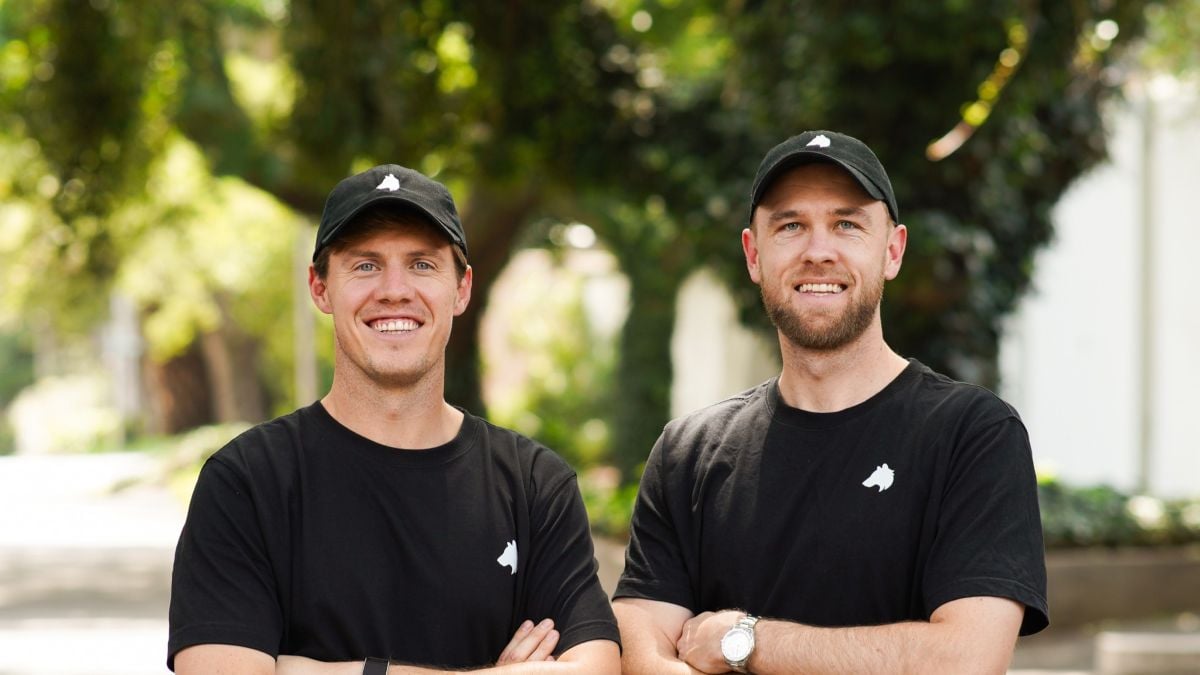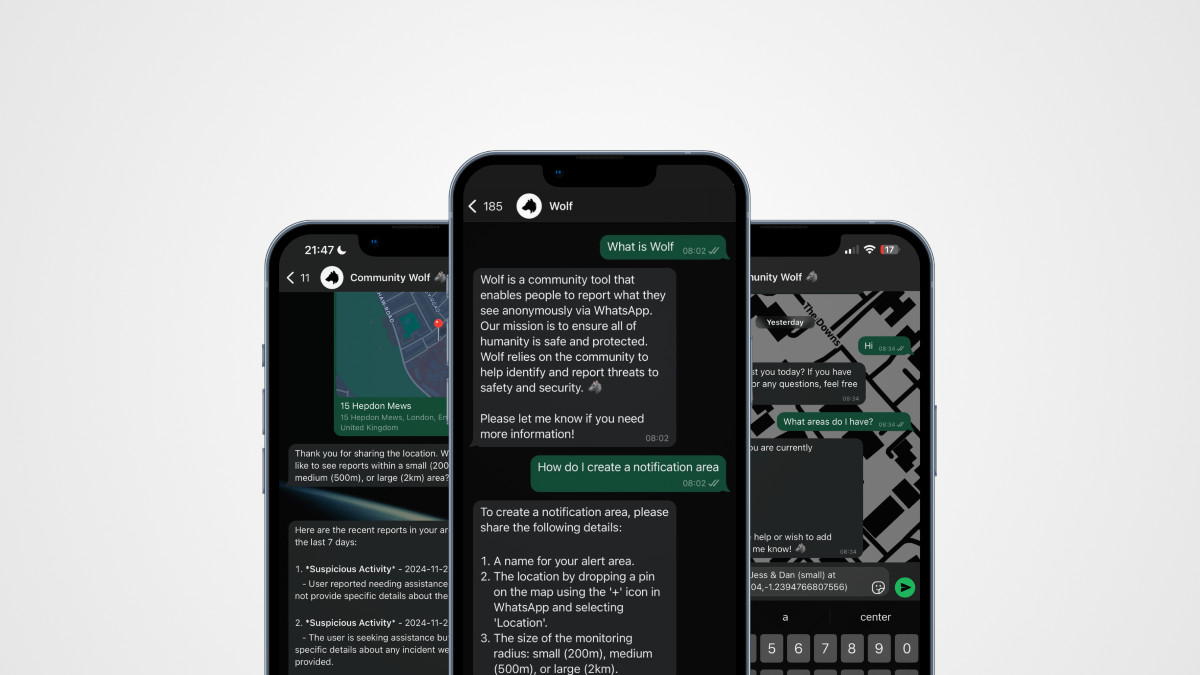Using AI and WhatsApp to crack down on crime in South Africa

Community Wolf aims to make South African communities safer by enabling efficient crime reporting using artificial intelligence and WhatsApp.
The platform, founded by Nick Mills and Michael Houghton, allows South Africans to report suspicious activity in their language of choice to a chatbot that relays the information to law enforcement and security teams.
The two first met in high school in Grahamstown, Eastern Cape. However, they went their separate ways after that, with Mills studying in Cape Town and Houghton in Edinburgh, UK.
Mills told MyBroadband that he had been approached while working for a solar business because of how the company integrated WhatsApp into its platform.
He said that after brainstorming, they realised the potential for a platform that could process WhatsApp inputs and use that information to provide real-time data for private security teams and law enforcement.
Mills noted that Houghton was working in AI at the time, so he approached him about participating in the project, as the platform needed large language model integration to allow users to engage with it.
He also noticed while in the solar space that it was challenging to convince people to download an app, which is another reason the duo chose WhatsApp and didn’t just “slap a skin over ChatGPT.”
As of October 2024, Community Wolf was born.
“The first feature we came out of the gate with was: ‘report any suspicious activity that you see, describe it as best you can with a voice not, text or even an image, and drop a pin,'” Mills said.
The idea is that this information is passed on to law enforcement and private security to allocate their resources more efficiently.
Mills told MyBroadband that once a user reports any suspicious activity, the relevant parties are informed, and the information is encrypted using the SHA-256 hashing algorithm.
This will ensure that sensitive information remains encrypted until it reaches the designated receivers.
It will also allow Community Wolf to access the information if authorities determine a complaint has been made to divert resources while a crime is committed elsewhere.

Another means of collecting data about suspicious incidents is via WhatsApp groups. This is happening in three phases.
Mills said phase one involved asking communities to allow them to access their WhatsApp groups so that the Community Wolf chatbots could be trained on this data. This was done by exporting each community’s chat and uploading it to the AI model.
Phase two, which has just been implemented, involves these trained chatbots being added to the WhatsApp groups to monitor for suspicious activity reports instead of CPF members needing to do this.
Phase three aims for the chatbot to interact on WhatsApp groups. However, Meta currently restricts this.
Mills said that Community Wolf would ideally like to have the South African Police Services (Saps) and other law enforcement entities, private security companies, and community patrol forums (CPF) on the receiving end of the data.
“I want to help private and public entities collaborate and coordinate systematically because they have to work together,” Mills said.
Community Wolf is currently running a pilot test in Stellenbosch where all parties intending to stop crime have access to the platform.
“We’re running quite an interesting pilot in Stellenbosch where we have Saps, CPFs, and then two or three private security businesses,” Mills said.
He said that where these parties would typically all be on one WhatsApp group with a few different languages being spoken simultaneously, Community Wolf communicates with them individually in the language of their choice.
While Community Wolf’s primary function is to relay information from citizens to the necessary authorities, its WhatsApp chatbot can also serve numerous other purposes.
One is to serve users with crime reports and other relevant information concerning an area upon request.
Another is to alert emergency contacts if users have not “checked in” with the app. This would involve setting how frequently a user should check in before notifying the selected contact.
































